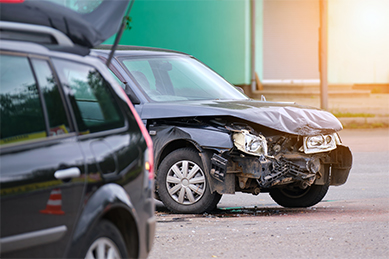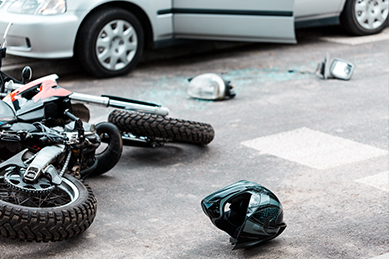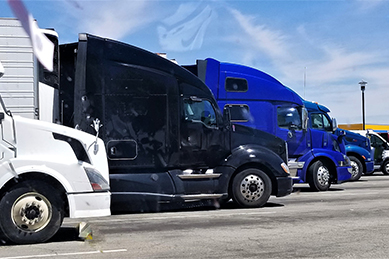In my previous blog post, I talked about Uninsured/Underinsured Motorist Coverage. This coverage is frequently referred to as UM, or UIM. I’m going to refer to it as UM. What I did not talk about in my previous post was the option to “stack” your UM coverage. Stacking your UM coverage is a relatively economical way to increase the amount to UM coverage available to you if you own more than one vehicle. This is how it works:
Assume for example that you own two vehicles and have 100/300 of UM insurance coverage on each. This means that after a car accident, the most your insurance company may have to pay for bodily injury related damages to any single individual is $100,000. And, if more than one person in the car is injured, the total your insurance company may have to pay for all of the bodily injury claims arising out that single car accident is $300,000, hence the abbreviation “100/300”.
However, if your UM insurance is “stacking,” you can “stack” the UM insurance coverage of your second vehicle onto the UM coverage of the vehicle you were occupying at the time of the car accident and essentially double your coverage. So your 100/300 UM coverage stacked onto your other 100/300 UM coverage provides you with 200/600. If you have three vehicles with stacked coverage it becomes 300/900, and so on.
The ability to stack your coverage is not free. Your insurance company will charge you a little more on your premium to stack your coverage. However, it is usually much cheaper to stack your UM coverage than to increase the individual UM coverage on each of your vehicles.
For instance, if you have two vehicles, and you have 50/100 UM on each, it will be cheaper to stack the 50/100 UM policies on each vehicle than to have non-stacking 100/300 polices on each vehicle. In this example, the “per person” coverage limits double to equal $100,000 of “per person” UM coverage. The $100,000 “per accident” limit of each policy when stacked equals $200,000 of “per accident” coverage limits. This is due to how most insurance companies sell insurance coverage.
If you do not already have UM coverage, I highly recommend you get it. Please read my blog post on UM coverage. If you do have UM coverage, talk to your insurance agent about the benefits of stacking your coverage as I have only touched upon the benefits.








